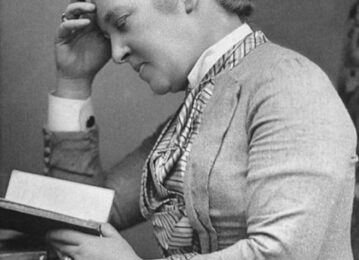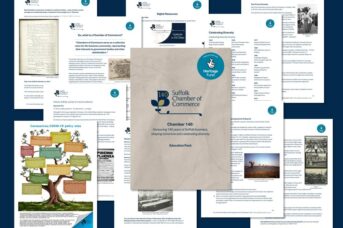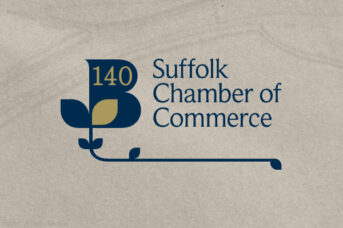Elizabeth Garrett Anderson was a trailblazer for British women at a time when society was determined to keep them out of public life. Born into a world that believed women belonged only in the domestic sphere, Elizabeth dared to dream bigger – and turned those dreams into reality.
Roots in Suffolk: A Family of Ambition
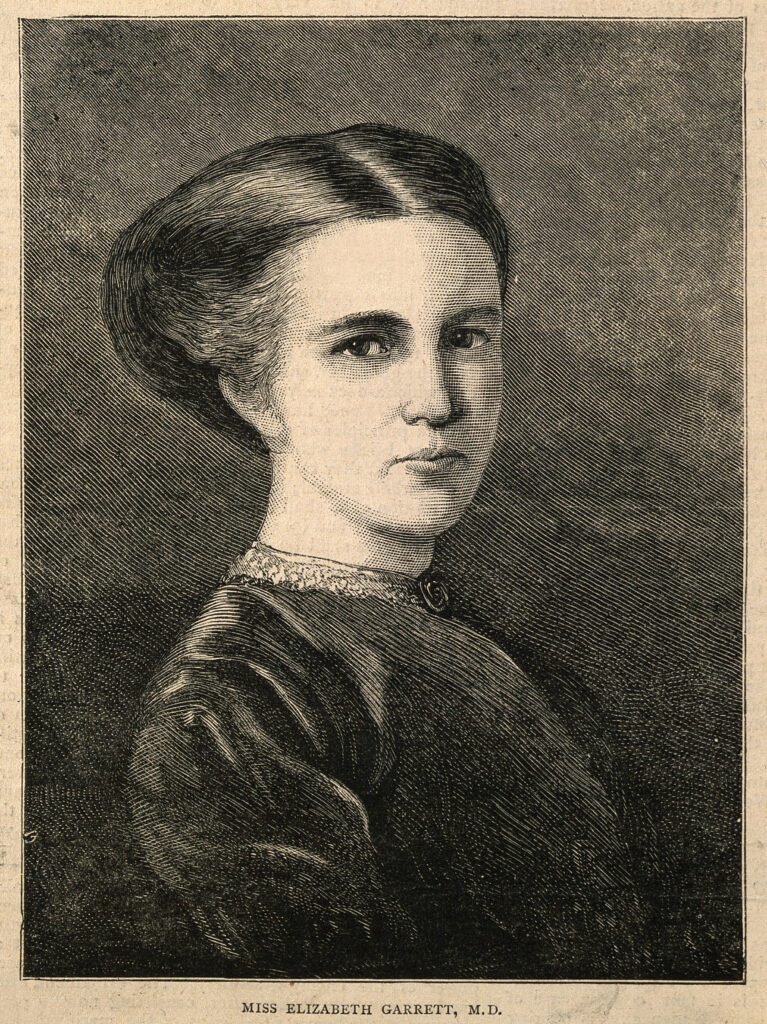
Wellcome Collection. Source: Wellcome Collection. No known author, public domain.
Elizabeth Garrett Anderson was born in London in 1836, the second eldest of twelve children.
Her father, Newson Garrett, was from Leiston, Suffolk, a town known for his grandfather’s engineering works, Richard Garrett & Sons. In 1841, Newson moved the family to Aldeburgh, where he established a thriving barley and coal merchant business. As his business grew, he constructed Snape Maltings in 1846, in order to transport his malt by Thames barge to breweries across London.
As a result of this, Elizabeth grew up in amidst the bustle of a successful entrepreneurial family, her childhood coloured by the ambition and determination that would define her life.
With her father’s business a success, Elizabeth was afforded an education that was unusual for girls of her time. She attended a private girls’ school in London. At home, her parents encouraged her intellectual curiosity, fostering a passion for politics and current affairs that would shape her future.
As a young woman, Elizabeth joined the emerging women’s movement. It was at these women’s meetings that Elizabeth met her lifelong friend and suffragist, Emily Davies, who later went on to found Girton College, Cambridge.
Elizabeth’s younger sister, Millicent Garrett Fawcett, went on to lead the National Union of Women’s Suffrage Societies from 1897, proving that feminist determination ran deep in the Garrett family.
Breaking barriers in medicine
Elizabeth’s life took a pivotal turn in 1859 when she met Elizabeth Blackwell, the first female doctor in the United States.
Inspired by Blackwell, Elizabeth set her sights on a medical career – an unprecedented choice for a woman in Victorian Britain.
Despite facing rejection and discrimination at every turn, Elizabeth persisted. Although a successful surgery nurse at Middlesex Hospital, she was refused entry to medical schools. She eventually found a loophole in the system, applying to the Worshipful Society of Apothecaries, who could not legally exclude her on grounds of her sex.
In 1865, following rigorous private study, Elizabeth obtained a licence to practice medicine. She became the first woman in Britain to qualify as a doctor, and she did so with the highest marks in her class.
Undeterred by the lack of hospital positions available to women, Elizabeth opened her own dispensary in 1866. By 1872, this had developed into the New Hospital for Women. Her pursuit of greater opportunities for women didn’t stop there.
In 1874, she co-founded the London School of Medicine for Women with Sophia Jex-Blake, the first British medical school to train women doctors. In doing so, she ensured that the next generation of women doctors would have a place to learn and grow. She lectured at the school for the rest of her career and served as dean from 1883 to 1902, an inspiration for the women who followed in her footsteps.
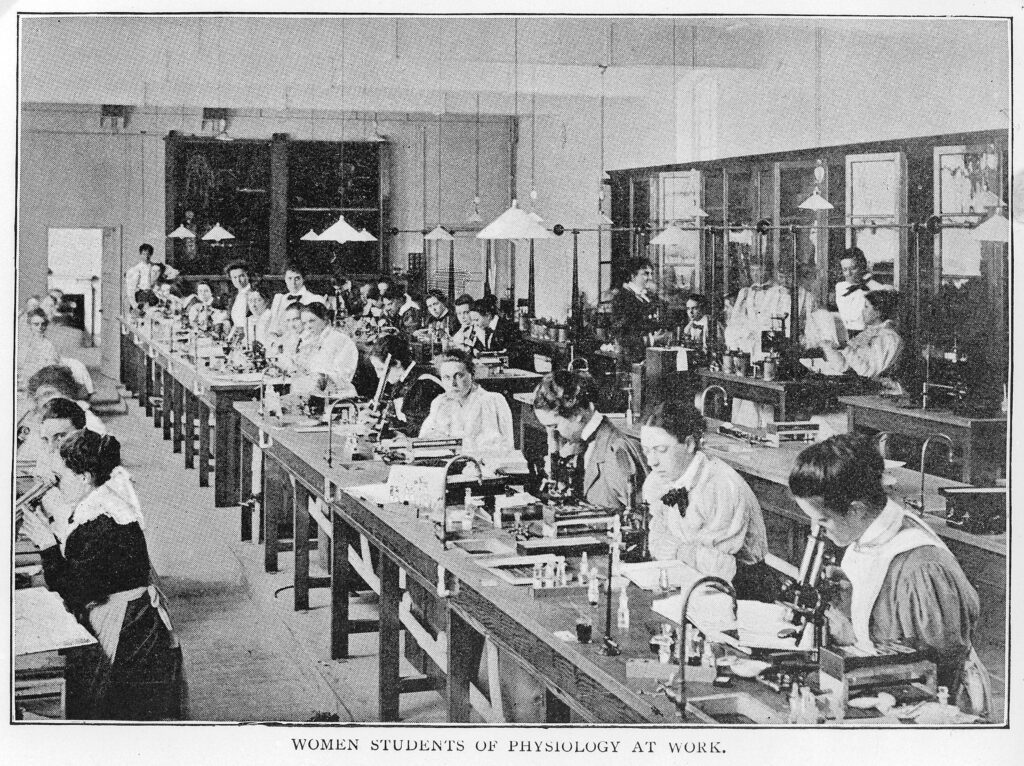
Wellcome Collection. Source: Wellcome Collection. Attribution 4.0 International (CC BY 4.0)
Another ground-breaking moment came in 1874, when Elizabeth became the first woman member of the British Medical Association, marking a significant shift in the field for women.
Notably for medicine in Suffolk, Elizabeth served as President of the East Anglian branch of the British Medical Association following her election in 1897.
A political Trailblazer
An active suffragist throughout her life, Elizabeth’s achievement’s were not confined to medicine.
In 1866, Elizabeth, alongside friend Emily Davies, presented petitions with more than 1,500 signatures asking that female heads of household be given the right to vote.
She joined the Women’s Suffrage Committee in 1866, and although not as active as her sister, Millicent, she became a prominent committee member of the National Society for Women’s Suffrage in 1889.
Her pioneering moment came in 1908, when she became the first female mayor in Britain, serving in her beloved Aldeburgh in Suffolk.
Even as she broke new ground in public service, Elizabeth remained a steadfast advocate for women’s suffrage and regularly gave speeches on the subject, though she stepped back in the 1910s as the movement became increasingly militant.
Elizabeth’s Personal life
Alongside her inspirational activism, and dedication to her medical career, Elizabeth married ship owner, James George Skelton Anderson.
At the time, Elizabeth refused to give up her career. Despite the discrimination and pressures of the age, she balanced her roles as a wife, mother, and doctor.
Her eldest daughter Louisa would go on to follow in her mother’s footsteps, becoming a pioneering doctor and suffragist, even serving prison time for her involvement with the suffragette movement.
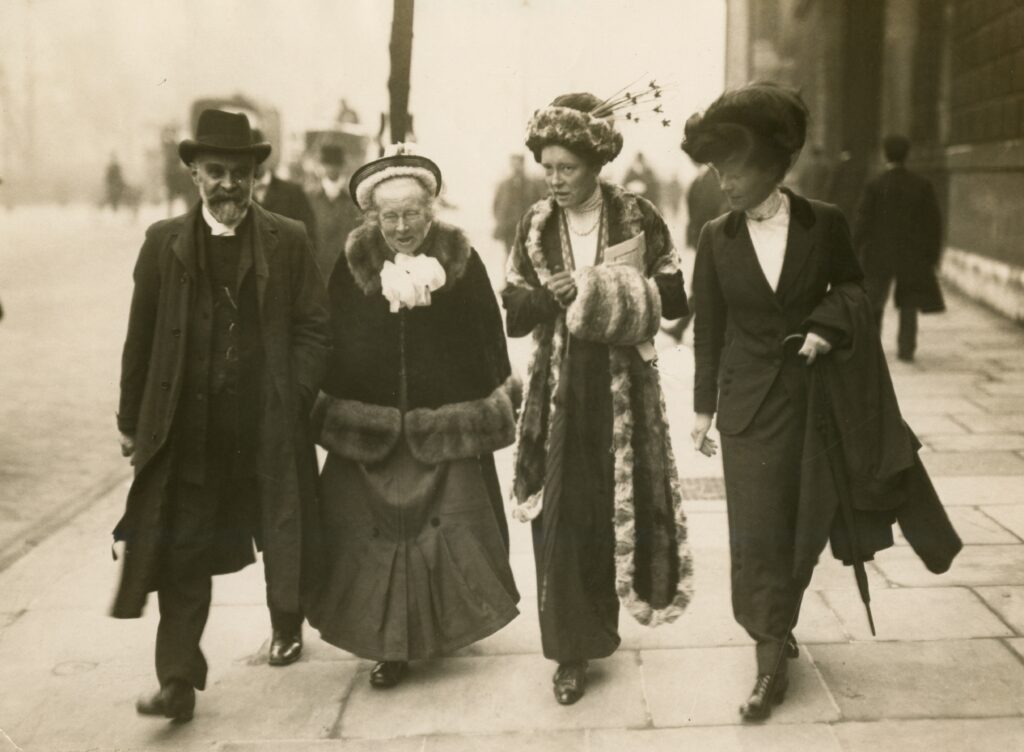
LSE Library, No restrictions, via Wikimedia Commons
An Enduring Legacy in Suffolk and Beyond
Elizabeth Garrett Anderson’s legacy is woven into the fabric of Suffolk and beyond.
The hospital she had founded in 1872 was renamed after her death, to become the Elizabeth Garrett Anderson Hospital. Although the original building has since been demolished, the hospital’s legacy continues as the University College Hospital Elizabeth Garrett Anderson Wing, which houses the hospital’s maternity and neonatal services.
In Suffolk, the critical care centre at Ipswich Hospital bears her name as a testament to her enduring connection to the county.
Beyond her immediate achievements, Elizabeth’s legacy as a feminist pioneer resonates today. She stands as a beacon of what is possible when barriers are broken, and her life’s work remains a powerful reminder of the importance of perseverance, courage, and the relentless pursuit of gender equality.
Explore her story: Visit Suffolk Archives
Want to find out more? Dive into history with Suffolk Archives, where you can explore some of Elizabeth’s letters at the Hold in Ipswich.
You can also request to see these letters up close at the archives using the reference HA436. Don’t miss out the chance to connect with a true pioneer who changed history for women in Suffolk and beyond!
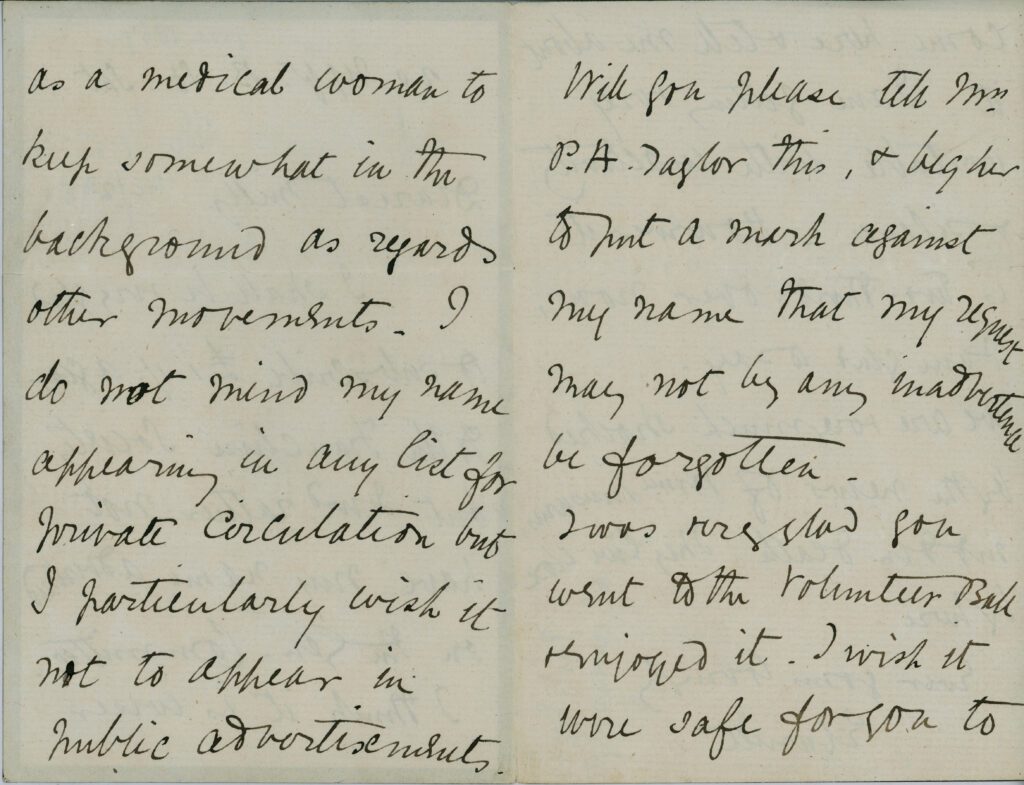
LSE Library, No restrictions, via Wikimedia Commons
